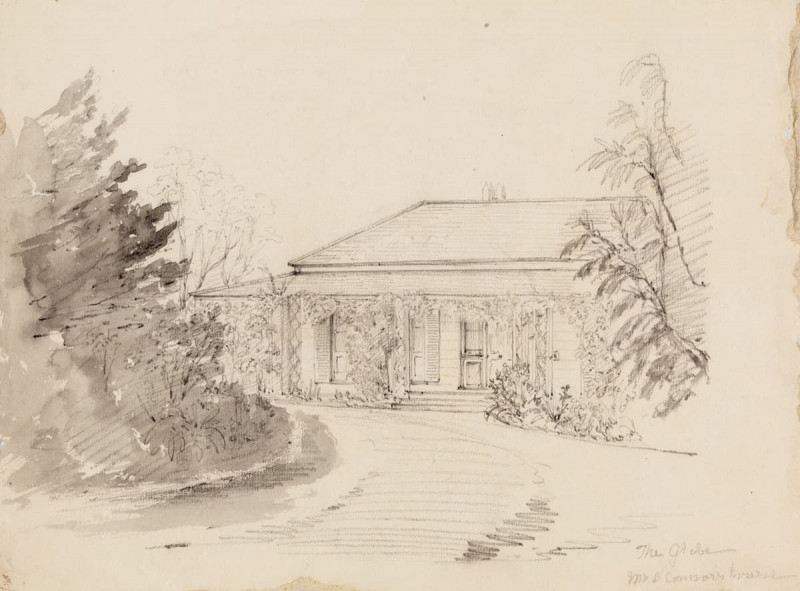With a deep frontage to Glebe Point Road Maryville was built for Richard O’Connor who had moved in by April 1856. The six-room house, weatherboard on stone foundations with verandahs on three sides, originally had a shingle roof.
O’Connor remained there until his death in 1876, survived by his wife Mary and four of their ten children.
Irish-Catholic O’Connor arrived in Sydney in 1835. As town clerk he organised elections for the first city council in 1842 and became clerk of the new Legislative Assembly in 1856. Walter Albert Cook in 1877 auctioned the Maryville Estate, the land around the house subdivided into 41 allotments. Maryville and two adjacent lots were bought by soap and candle maker Charles Upfold who enlarged the house and auctioned it and the two lots in 1881. Rear access was via a right-of-way.
The purchaser was kapok bedding manufacturer and motoring enthusiast John Lawler. In 1892 he went to live in Manly after selling his Maryville assets (including a cow named Peggy) and rented out the house. Lawler built Tiverton, Oakleigh and Elphin on the adjacent blocks. An advertised auction of these and Maryville in 1896 appears not to have proceeded.
Tenants of Maryville included William Nicholas Willis MLA, the recipient of Charles Dickens’ son’s retort “Willis is barkin’ ” (parliamentarian “Plorn” Dickens lodged in Toxteth Park when it functioned as a boarding house) and Sir Henry Parkes’ widow who appreciated Maryville’s big garden where his younger children could play freely.
By 1905 John Lawler’s daughter and son-in-law dentist Ormond McDermott were living in Maryville. After they moved into Sidcup nearby, Lawler returned to Maryville where he died in 1918. In 1923 Maryville, Elphin and Oakleigh were put up for auction.
Tiverton was demolished by 1929 and replaced by Crusa Flats. Maryville, Elphin and Oakleigh were knocked down in the 1970s and replaced by flats and shops. The buildings fronting Cook Street are surrounded by treeless asphalt.



